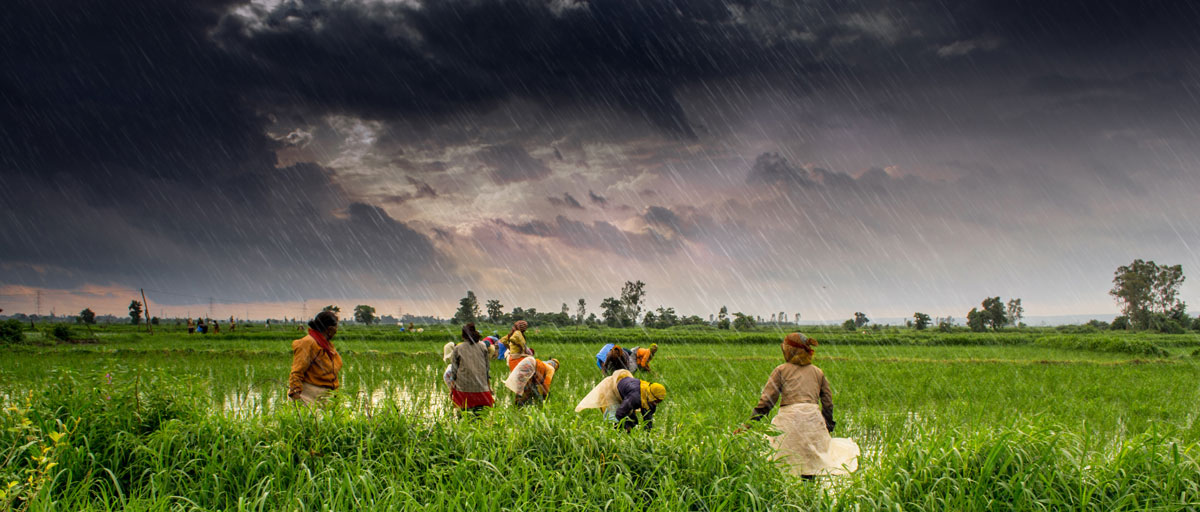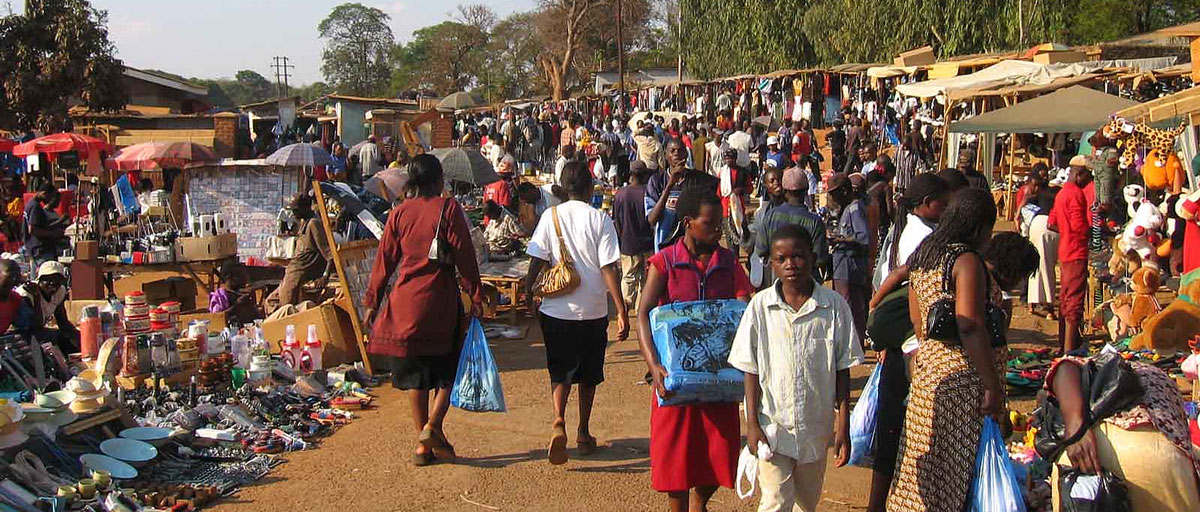GLOBAL ASSESSMENTS
Why local realities are crucial to global environmental assessments
Locally, bottom-up-inspired futures are missing from global environmental assessments. A new method tested on the UN’s Global Environment Outlook 6 hopes to change this
- Global Environmental Assessments (GEAs) are mostly developed at the global level by experts and researchers, and locally imagined, bottom-up scenarios do not play a role
- New process synthesizes insights from a wide range of local practices and perspectives and has been tested on the UN's Global Environmental Outlook (GEO) 6
- Research reveals significant opportunities for the integration of bottom-up insights to make GEAs more salient and valuable to decision makers
CONSIDER WHAT IS HAPPENING ON THE GROUND: The latest assessment from the Intergovernmental Panel on Climate Change has been described as the “definitive word on climate science” as it makes the latest cutting edge knowledge on the state of our planet publicly available and useful for decision makers.
But as they stand, global environmental assessments, or GEAs, primarily rely on global-scale quantitative scenarios, leaving little room for on-the-ground realities and innovative, potentially game-changing local developments.
With this in mind, centre researcher Laura Pereira together with an international team of researchers, have pioneered a process for synthesizing insights from a wide range of local practices and perspectives into global future scenarios used in GEAs.
Published in Sustainability Science, the authors applied their method to the UN's Global Environmental Outlook (GEO) 6, a major example of a GEA.
It is critical to incorporate more diverse approaches to thinking about sustainable global futures into global assessment processes if they are to be useful for decision makers.
Laura Pereira, lead author
Not always fit for local contexts
The models used in developing GEAs are useful for exploring the global changes in social, environmental and economic conditions needed to reach sustainability goals.
However, these do not always fit local contexts. For example, global recommendations for healthy diets do not always align with regional suitability for recommended crops.
“If global futures lack connections to on-the-ground realities, they may be deemed too theoretical and too generic to inform decision making,” say the authors.
In their paper the authors used two distinct participatory methodologies to generate local data on stakeholders’ perspectives:
- A ‘Seeds’ approach, based on the Seeds of Good Anthropocene project, a science intitiative designed to identify visions of positive futures for people and the planet.
- An approach based on the Climate Co-lab platform, an online contest platform and community run by the Massachusetts Institute of Technology.
Game-changing concepts
Such bottom-up approaches can be used to identify game-changing concepts that fundamentally restructure our assumptions about how the future might look.
One tangible example is the development of small-scale, decentralized renewable energy systems, which have already become a reality in Kenya.
These technologies and the public demand to embrace them demonstrate that the type of energy transitions of the past (coal to oil, oil to gas, gas to large-scale renewables) may not be representative of what is to come in the future.
“The process outlined in our paper demonstrates the potential for future assessments to take some of these approaches on board in order to situate their findings more readily in what is already happening on the ground, and to make the outcome of GEAs more useful and actionable for decision makers and practitioners,” conclude the authors.
Methodology
The researschers collated local to regional measures for shifting to more sustainable futures from two types of sources: initiatives of locally-sourced practices and perspectives, and sub-global regional assessments of GEO-6. They coded each measure according to a typology aligned to the IAM analysis for GEO-6, and analysed the underpinning enabling conditions for change.
They used two distinct participatory methodologies from local practices and future perspectives on tangible system transformations. These two processes were designed to generate local data on stakeholders’ perspectives. The first is a ‘Seeds’ approach and the second is based on the Climate Colab platform.
To synthesize local practices and perspectives into higher-level futures, we aligned the coding of the proposed local practices and regional measures to a pre-defined measures typology that was applied in the global IAM framework to model the GEO-6 alternative scenarios. This typology identifies 33 measures which are grouped hierarchically into four "clusters": Energy, Climate and Air; Agriculture, Food, Land and Biodiversity; Human Wellbeing; and Freshwater and Oceans.
A substantial portion of solutions did not fit neatly into the four pre-defined categories of measures that had been used in the GEO-6 IAM analysis, and so a fifth cluster of measure categories (“Additional regional & bottom-up interventions”) was created based on the solutions found in the bottom-up analysis. Whilst the coding allowed for an understanding of what clusters were being addressed by solutions, but not of the theory of change behind each solution, Seeds and proposals were also analyzed under the framework of enabling and disruptive conditions for transformations by Kivimaa and Kern (2016).
Pereira, L., Asrar, G.R., Bhargava, R. et al. Grounding global environmental assessments through bottom-up futures based on local practices and perspectives. Sustain Sci (2021). https://doi.org/10.1007/s11625-021-01013-x










